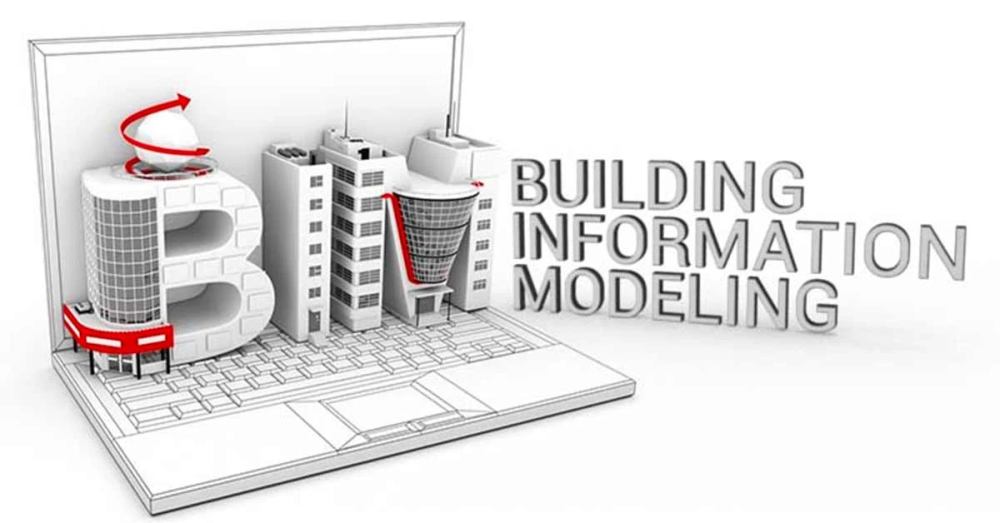The construction industry is moving faster than ever before. New methods and tools change how projects actually take shape. Among them, Building Information Modeling (BIM) stands out big time. It’s not just about 3D drawings. BIM changes how teams plan, manage and deliver projects. It gives better teamwork, less errors and smarter decisions. Clients today expect precise results and timelines they can count on.. Governments in some countries even start making BIM a requirement. Ignoring it could mean slow work, high costs and lost chances. Companies that embrace BIM gain speed, accuracy and trust. Those that don’t… well, they’ll struggle to keep up in this digital world.
Understanding Building Information Modeling (BIM)
BIM is all about using 3D models to plan, design, and keep track of every detail in a building project. It links design, engineering and construction all in one place. This shared model lets all teams see the same data. Changes show up instantly for everyone. Problems can be spotted before they hit the site. BIM is not just software, it’s more like a team-working method in real time. Architects, engineers and contractors can work together much easier. Less waste happens, and projects stay on track better. Developed countries already use BIM in most big projects. Many developing countries are now stepping up and closing the gap. As it spreads, BIM is becoming a must-have, not really a choice anymore.
Why BIM Is No Longer Optional in Construction
Construction demands keep rising. Clients expect accuracy, speed and also transparency. BIM gives all of that. Many governments now require BIM for large projects. Even private clients prefer BIM-ready contractors. It gives a clear view before a project even starts. This helps avoid bad surprises and delays. Competitors who use BIM work faster and make less mistakes. Those who skip it risk losing work. BIM is now at the heart of construction’s digital transformation. It’s not an “extra thing” anymore, it’s the main tool.
Key Benefits That Make BIM Indispensable
a) Improved Collaboration & Communication
BIM makes one shared model for everyone. Architects, engineers and builders see updates instantly. Less confusion, more alignment.
b) Accurate Cost Estimation & Budget Control
BIM helps plan costs early and in detail. Budgets stay in control since errors get caught fast.
c) Enhanced Design Accuracy & Fewer Errors
BIM spots design clashes before work starts. This saves money and stops mid-project headaches.
d) Faster Project Delivery
BIM helps schedule tasks in the right order. Time gets saved and projects keep moving.
e) Sustainability & Energy Efficiency
BIM supports eco-friendly design choices. It predicts energy use and helps pick better materials.
Real-World Examples of BIM in Action
A huge hospital project in Singapore used BIM to manage hundreds of design changes. They avoided costly rework and saved months. In the UK, a big rail upgrade used BIM for planning and construction. Delivery time dropped by 15% and waste was less. In Dubai, one skyscraper used BIM to spot and fix design clashes before construction even began.That stopped delays and saved millions. All around the world, BIM shows it’s not just theory. It delivers real results, big or small projects.
The Risks of Ignoring BIM
Ignoring BIM creates real problems. Without it, errors and poor teamwork are more likely. Projects can easily stretch budgets and drag on longer than planned.. Clients prefer contractors with modern skills. Without BIM, tenders can be lost. Many governments now demand BIM for approvals. Without it, companies can miss big projects. Competitors with BIM get faster, better results and a stronger name. Without it, costs rise, waste grows and deadlines get missed.
How to Transition to BIM Successfully
Start with clear BIM goals. Train your team on the right tools. Pick software that suits your projects. Try it first on a small project. Learn, then apply to bigger work. Get help from BIM experts if possible. Keep all data in one shared place.
Future of BIM in Construction
BIM will link with AI, IoT and VR. This will make planning and decisions smarter. Governments will keep expanding BIM rules. Even small firms will start using it. Cloud-based BIM makes it easy for teams to connect and work together from any corner of the world.. Green building tools will get better. BIM will be standard in all projects.
Conclusion
BIM isn’t optional anymore. It boosts accuracy, saves time and builds trust. Companies with BIM get ahead. Those without it fall behind. The future of construction belongs to those ready to work smarter with BIM. Learn more about adopting BIM with Next Synergy Solutions.



